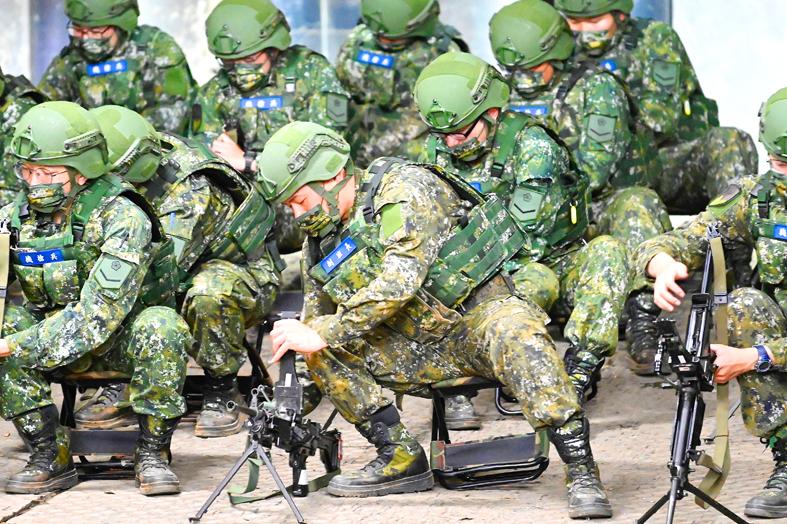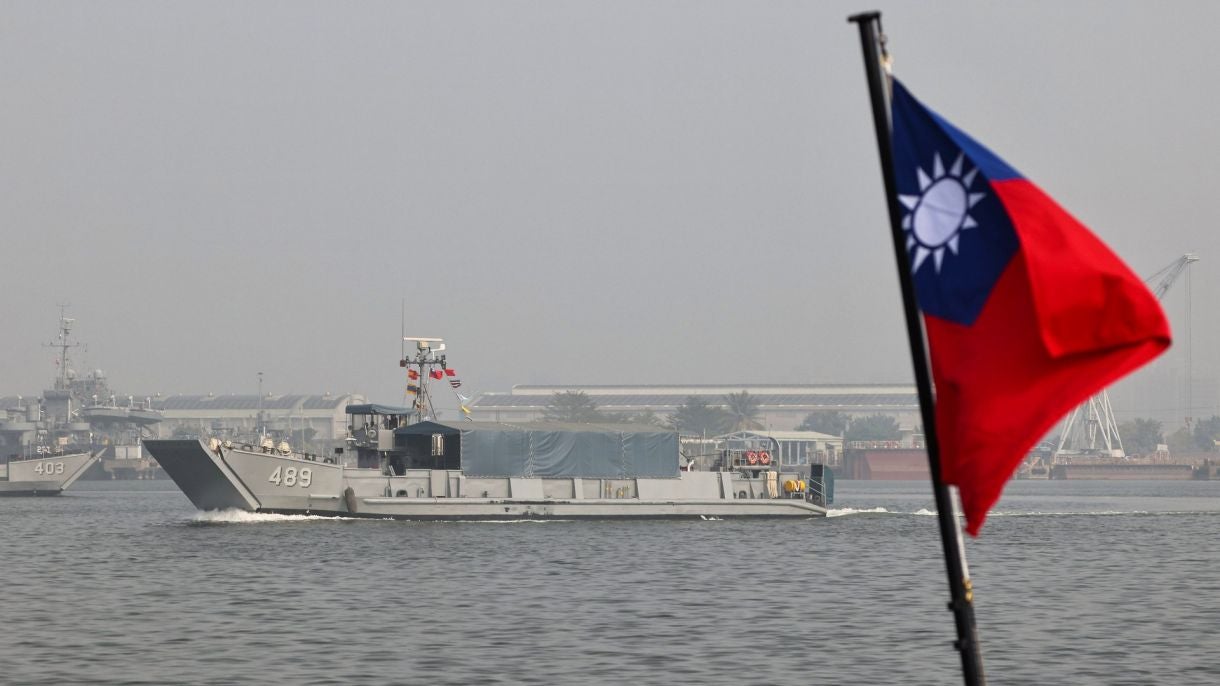- Thread Starter Thread Starter
- #321
Part 2 of 3: A Ray of Hope for Taiwan? Should we be hopeful?
4. Taiwan is set to receive its first two of 108 M1A2Ts by 30 June 2022; with 38 tanks to be delivered in 2024, 42 in 2025, and 28 in 2026.
5. Despite NATO’s decision not to intervene militarily in Ukraine, Taiwanese may be heartened by the range and scope of support for Ukraine — from weapons shipments to punishing sanctions against Russia. For President Xi Jinping, that show of unity is a potential problem.
6. The Taiwanese Army’s branding and communications strategy is badly dated; it’s like watching 1980s music videos. Flashy weapons but no ammo. For those who read Chinese and want to learn more, I highly recommend Lt Col James Huang's column. His views are so cynical and yet reflecting his decades of exp. and observations. If you look at the total defence messages by Finland & Singapore — they are much more sophisticated. I previously shared a video link from Finland.
7. There were 2 armed conflicts between China and Taiwan during: (i) the Formosa Crisis in 1955; and (ii) the 1958 Taiwan Straits Crisis. China was the instigator on both occasions, and had wanted to drive Taiwanese troops off several islands in the Taiwan Strait. Diplomatically, Singapore has been Beijing’s go-to convener for the two historic meetings with Taipei.
In 1992, both the China and Taiwan governments agreed to recognise that there is only one China — both the mainland and Taiwan belong to the same state; but this consensus has been destroyed by Taiwanese political choice.
4. Taiwan is set to receive its first two of 108 M1A2Ts by 30 June 2022; with 38 tanks to be delivered in 2024, 42 in 2025, and 28 in 2026.
(a) If Taiwan is serious about war prep on urban battles and to push the PLA invasion force off the beaches, they will need to place a follow on order for another 216 MBTs between 2024 to 2025 — this is because they need to replace their fleet of ageing 450 CM-11s (a modified M-48 turret with a M68 105mm cannon and a M-60 chassis), which is not superior to the PLA’s Type 99A and Type 96B MBTs, which are armed with a 125 mm smoothbore gun and loads with a carousel-style autoloader.
(b) Ivan Kanapathy recommended coastal defense cruise missiles to target ships, TOWs and Javelins to target landing craft, and Stingers to target aircraft in order to prevent Chinese forces from gaining lodgment.
5. Despite NATO’s decision not to intervene militarily in Ukraine, Taiwanese may be heartened by the range and scope of support for Ukraine — from weapons shipments to punishing sanctions against Russia. For President Xi Jinping, that show of unity is a potential problem.
6. The Taiwanese Army’s branding and communications strategy is badly dated; it’s like watching 1980s music videos. Flashy weapons but no ammo. For those who read Chinese and want to learn more, I highly recommend Lt Col James Huang's column. His views are so cynical and yet reflecting his decades of exp. and observations. If you look at the total defence messages by Finland & Singapore — they are much more sophisticated. I previously shared a video link from Finland.
7. There were 2 armed conflicts between China and Taiwan during: (i) the Formosa Crisis in 1955; and (ii) the 1958 Taiwan Straits Crisis. China was the instigator on both occasions, and had wanted to drive Taiwanese troops off several islands in the Taiwan Strait. Diplomatically, Singapore has been Beijing’s go-to convener for the two historic meetings with Taipei.
(a) The heads of two semi-government bodies, China's Association for Relations Across the Taiwan Straits (Arats) chairman Wang Daohan and Taiwan's Straits Exchange Foundation (SEF) chief Koo Chen-fu, met in Singapore for landmark talks in April 1993.
(b) In Nov 2015, Singapore hosted the Xi Jinping–Ma Ying-jeou summit, which was the first time the top leaders from both sides shook hands since Mao Zedong and Chiang Kai-shek did in 1945.
In 1992, both the China and Taiwan governments agreed to recognise that there is only one China — both the mainland and Taiwan belong to the same state; but this consensus has been destroyed by Taiwanese political choice.
Last edited:


